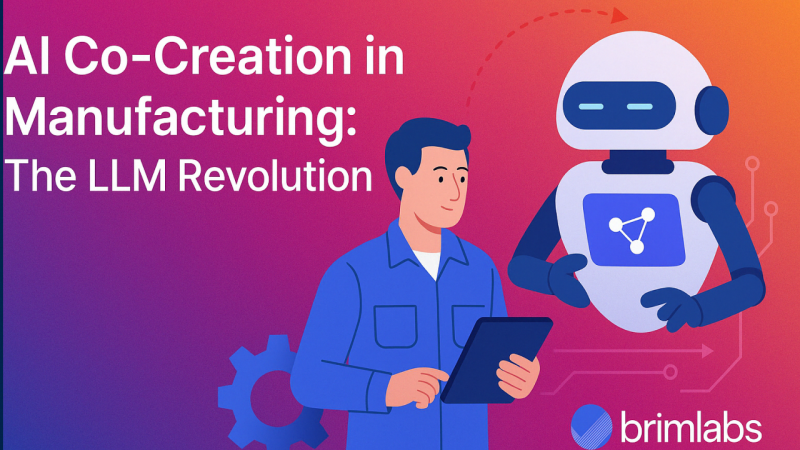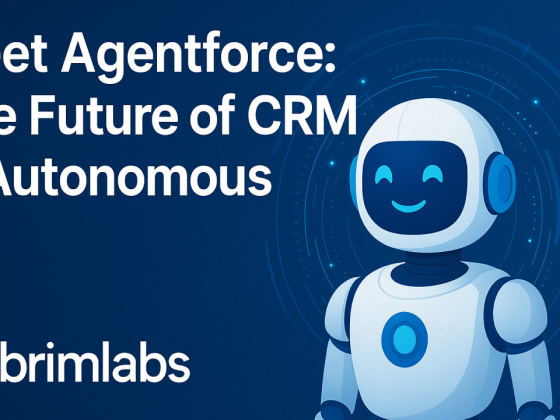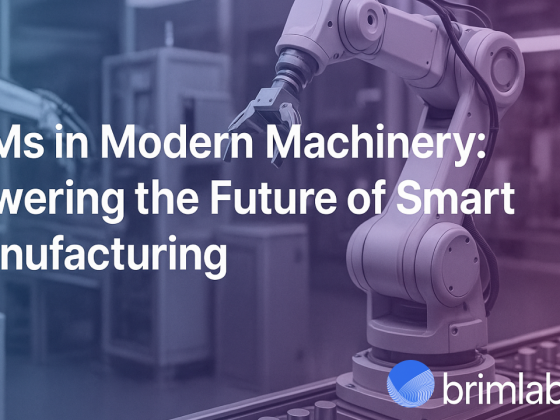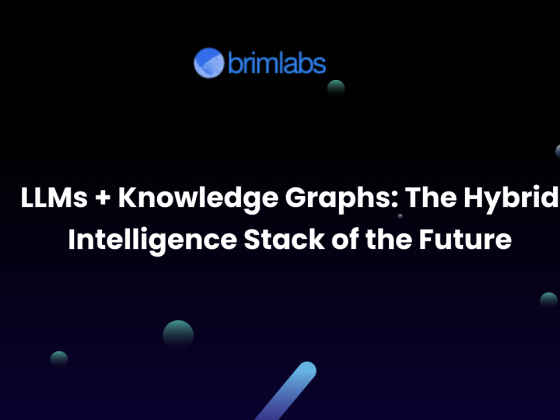In the ever-evolving world of manufacturing, innovation is no longer a solo act. It’s a collaborative symphony between humans and machines. At the heart of this collaboration is a powerful new player: the Large Language Model (LLM).
From accelerating product design to optimizing operations on the factory floor, LLMs are redefining how manufacturers build, iterate, and scale smarter products. This isn’t just about automation, it’s about co-creation, where AI becomes a partner in the creative and engineering process.
What Is AI-Powered Co-Creation?
AI-powered co-creation involves the use of intelligent systems, especially LLMs, to collaborate with human designers, engineers, and strategists throughout the product lifecycle. Unlike traditional automation tools that execute predefined tasks, LLMs like GPT-4, Claude, and Mistral go a step further:
- They understand context
- They generate ideas
- They problem-solve
- They even challenge assumptions
LLMs act as creative collaborators, helping teams bring smarter, more user-centric, and more efficient products to market.
How LLMs Are Transforming Product Development in Manufacturing
1. Accelerating Concept Design
Example: General Motors (GM)
GM’s AI team collaborated with Autodesk’s generative design tool, which integrates LLM principles, to create a new seat bracket. The result? A part that was 40% lighter and 20% stronger than the previous version. LLMs helped explore thousands of design permutations within hours.
Engineers described functionality in natural language, and the system produced CAD-ready blueprints tailored to constraints like material use, manufacturing technique, and load resistance.
2. Enhancing Human-Machine Collaboration on the Factory Floor
Example: Siemens Industrial Copilot (Built with Microsoft & OpenAI)
Siemens partnered with Microsoft to develop a Copilot powered by an LLM for factory workers. Workers now receive instant responses to queries like:
- “What’s the error code 710E in the press line?”
- “How do I optimize this PLC configuration for a bottling machine?”
The AI responds with precise steps, relevant documents, and system diagnostics, cutting downtime and reducing dependency on human supervisors.
3. Generating & Validating Engineering Documentation
Example: Bosch Engineering Documentation Assistant
Bosch is piloting an LLM-based assistant that helps engineers auto-generate ISO-compliant technical documentation. The tool also summarizes complex electrical specs into multiple languages for international teams. What previously took hours is now done in minutes, with improved consistency.
4. Revolutionizing CAD Design with Natural Language Prompts
Example: Dassault Systèmes x ChatGPT Plugin (Experimental)
Dassault, the makers of CATIA and SolidWorks, are experimenting with LLM plugins that allow users to say:
“Design a shock absorber for an electric bike suitable for 80kg rider weight and off-road conditions.”
The LLM then suggests geometry, suitable materials, and even links to compatible simulations, all from a natural prompt. This drastically reduces the learning curve for younger engineers.
5. Personalizing Product Variants for Custom Manufacturing
Example: Nike’s AI-Powered Shoe Customization
Nike uses a combination of AI models, including language models, to help customers co-create sneakers via Nike By You. The system not only takes aesthetic inputs but also suggests design tweaks based on user history, climate, and running patterns. In some cases, designs are even influenced by sentiment data from social media.
This is co-creation at scale, mass customization powered by AI.
6. Training & Knowledge Transfer
Example: Honeywell’s Virtual AI Trainers
Honeywell uses AI agents powered by LLMs to train maintenance engineers in high-risk environments. These agents simulate troubleshooting conversations, equipment scenarios, and SOP walk-throughs, reducing onboarding time by over 40%.
Key Benefits of AI Co-Creation in Manufacturing
- Speed: Reduced time from ideation to prototype
- Precision: Better design iterations through simulation and context-based suggestions
- Scalability: Institutional knowledge made universally accessible
- Customization: Enhanced flexibility for low-volume, high-mix production
- Innovation: AI introduces out-of-the-box ideas not confined by human bias
Challenges & Considerations
While LLMs are powerful, successful implementation depends on:
- Fine-tuning with domain-specific data
- Ensuring data security and IP protection
- Human oversight to validate outputs
- Seamless integration into existing PLM and ERP ecosystems
The Future Is AI-Augmented Manufacturing
We’re entering a new era where manufacturers don’t just automate, they co-create with AI. This AI-human synergy is unlocking previously unimaginable product possibilities, driven by speed, creativity, and intelligence.
Just like CNC machines revolutionized fabrication, LLMs are reshaping design, documentation, and decision-making. Whether you’re in aerospace, automotive, consumer electronics, or precision tooling, the future of manufacturing is built with AI, not just by it.
At Brim Labs, We Help Manufacturers Co-Create With AI
At Brim Labs, we empower manufacturing teams to:
- Build custom AI co-pilot tools for product engineers
- Fine-tune LLMs on internal design and process data
- Automate engineering documentation, compliance reports, and digital twin simulations
- Integrate AI agents with CAD/PLM/ERP workflows
If you’re ready to build smarter, faster, and more adaptive products, let’s co-create the future, together.











